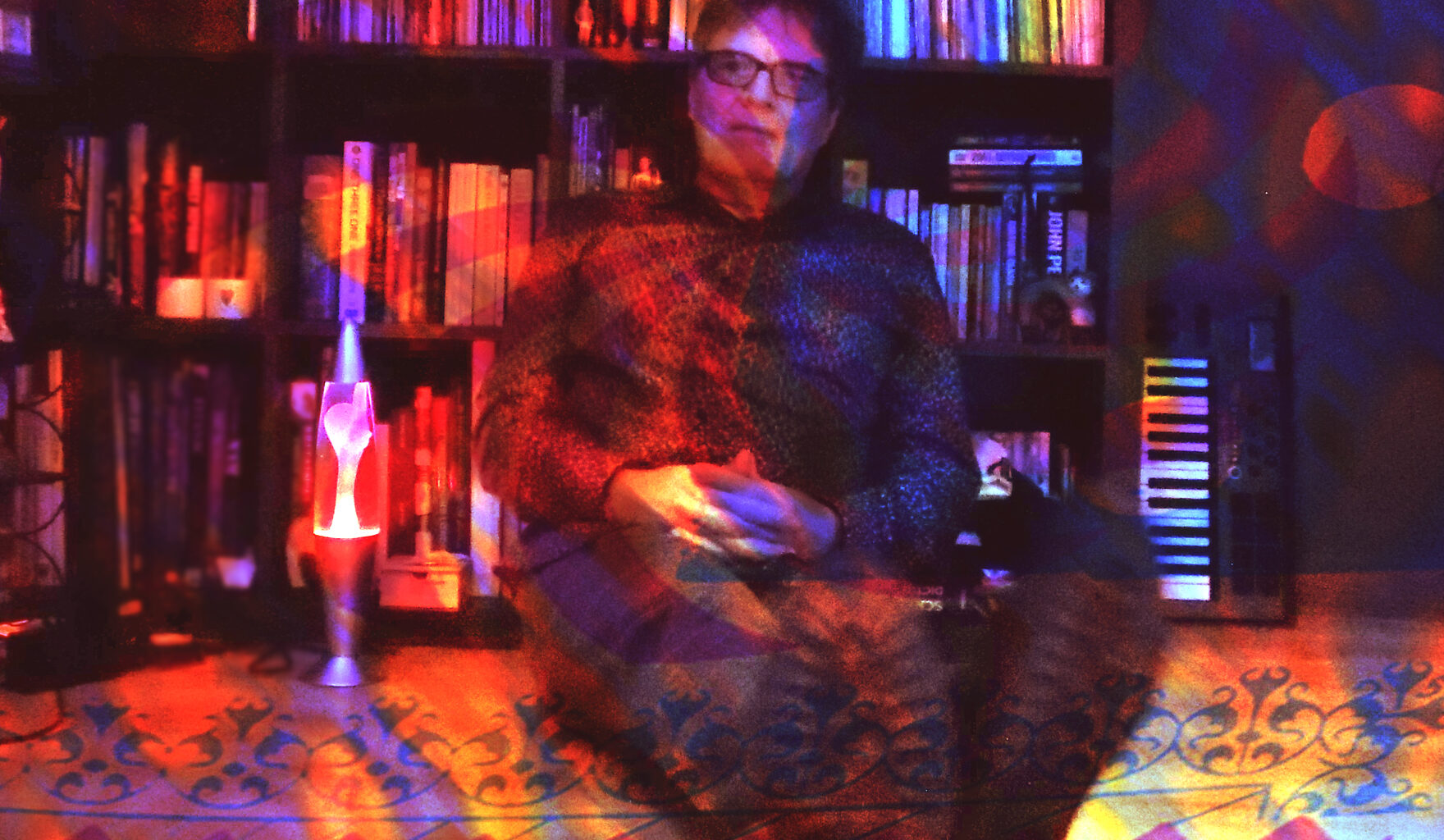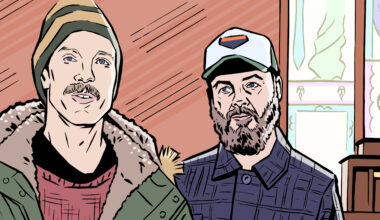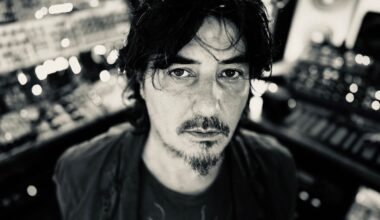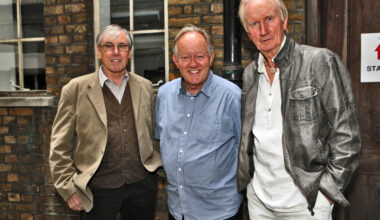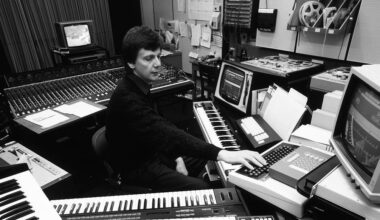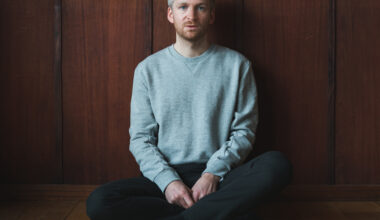There’s no one quite like Keith Seatman. His new album, ‘Sad Old Tatty Bunting’, is a psychedelic joyride through a parallel universe, a dreamlike England full of alchemists and scarecrows and gated communities guarded by gnomes
Want to read more?
Sign up to Electronic Sound Premium to gain access to every post, video, special offers, and more. 100%, all you can eat, no commitment, cancel any time.
Already a premium member? Log in here
